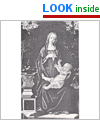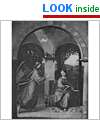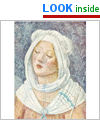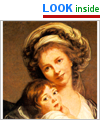Nonverbal Communication
The Suggestive Power of the Nonverbal: Minor Causes, Strong Effects
Both the speed and the unifomity with which we ascribe traits when we form our visual impressions suggest that the neuronal apparatus responsible for these unconscious judgments responds only to certain plain elements of nonverbal behaviour. This parallels a phenomenon well known in ethology: the characteristic dearth of features of the stimuli to which the affective control mechanisms react. In animal communication, even the vaguely sketched outline of a figure, a sudden movement or a colour marking upon a body will frequently suffice to elicit a specific behavioural reaction.
That very similar circumstances may prevail in human communication is evidenced by the effect of the head’s lateral flexion, an extremely simple nonverbal stimulus that nevertheless exerts a strong suggestive force over the impression we gain of another person. Studies investigating the causes of impressions produced by works of art showed that persons who were at first perceived as ‘sympathetic, sensitive, tender, honest, and humble’ suddenly appeared to the viewer as ‘unsympathetic, cold, arrogant, deceitful, hard, and forbidding’ - merely because the posture of their head had changed ever so slightly. In keeping with the characteristics of unconscious conclusions, this impression was also entirely spontaneous and absolutely inevitable for viewers from various countries and cultures, and persisted even when it was pointed out to the subjects how trivial a cause had led them to revise so utterly their opinion of the person considered.
With the help of photo editing, a series of famous paintings were systematically altered as to the angle and direction of the tilt of the depicted person’s head without changing the rest of the image. Even very slight modifications of the head’s lateral inclination change dramatically the general impression of the person.
References
- Die Macht des Bildes. Der Einfluss der nonverbalen Kommunikation auf Kultur und Politik. Frey, S. Bern: Huber, 1999
- Spellbound by Images. Frey, S. in Zerdick, A., Picot, A., Schrape, K., Burgelman, J., Silverstone, R., Feldmann, V., Wernik, C., Wolff, C. (eds.). E-Merging Media. Communication and the Media Economy of the Future. Berlin: Springer, 2005.






